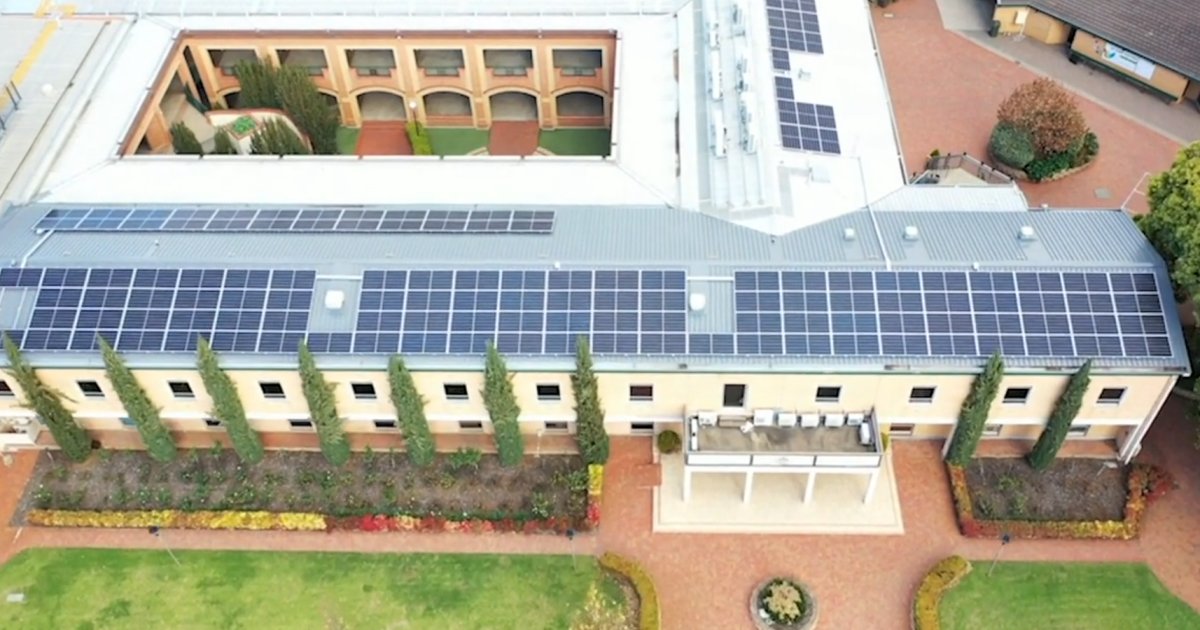
The equivalent to around a quarter of the electricity requirements of Westminster School in Adelaide’s south-west is now being supplied by solar panels.
Established in 1961, Westminster School is a coeducational independent day and boarding school located in Marion that has approximately 1200 students from Early Learning to Year 12. The school is in the midst of expanding facilities, including a new sports pavilion and inquiry and innovation hub.
“One of the areas we’ve been highly conscious of is renewables,” says Phillip Styles, Chairman of the school’s council.
370kW of solar capacity has been installed on five buildings including the new pavilion and innovation hub, bringing the school’s total PV capacity to just over 400kW. While estimated energy production figures weren’t provided, 400kW of solar installed in Marion can be expected to generate approximately 625 megawatt-hours of electricity per year.
The Energy Project was approached by Westminster to help the school identify the optimum solar system for their requirements and to manage the rollout. The end result according to company director Patrick Greene is one of South Australia’s largest school solar power installations.
As well as providing clean, cheap power, the installation will also offer educational opportunities. Students will be able to monitor the system’s performance via Solar Analytics – and this activity will be incorporated in the school’s curriculum
“With the Solar Analytics portal, we’re able to log in to the school’s energy infrastructure and see both real-time consumption from the grid and the contribution that solar is making,” said Mr. Greene.
The system was fully funded through private and corporate donors, and a 2019 State Government Capital Grant for Independent Non-Government Schools. SA Minister for Education John Gardner MP was present for the official launch of the system last Friday.
Solar Energy And Schools
Solar is a great fit for many schools given their large rooftops and energy consumption profile. The cost of commercial solar has continued to drop in recent years and schools are eligible for Australia’s national subsidy; more commonly referred to as the “solar rebate“.
Schools can also look into power purchase agreements (PPAs), arrangements where there is no up-front cost. The system is owned and operated by a third party, with the school paying for the electricity generated by the system that it consumes, usually at a significantly cheaper rate than mains grid supply.
From time to time, state governments also run programs to help schools install solar panels. For example, over the border in Victoria more government schools are to have solar power systems installed under the Greener Government School Buildings Program.

 RSS - Posts
RSS - Posts



Maybe an article(s) about companies who are doing the installation of large solar systems.